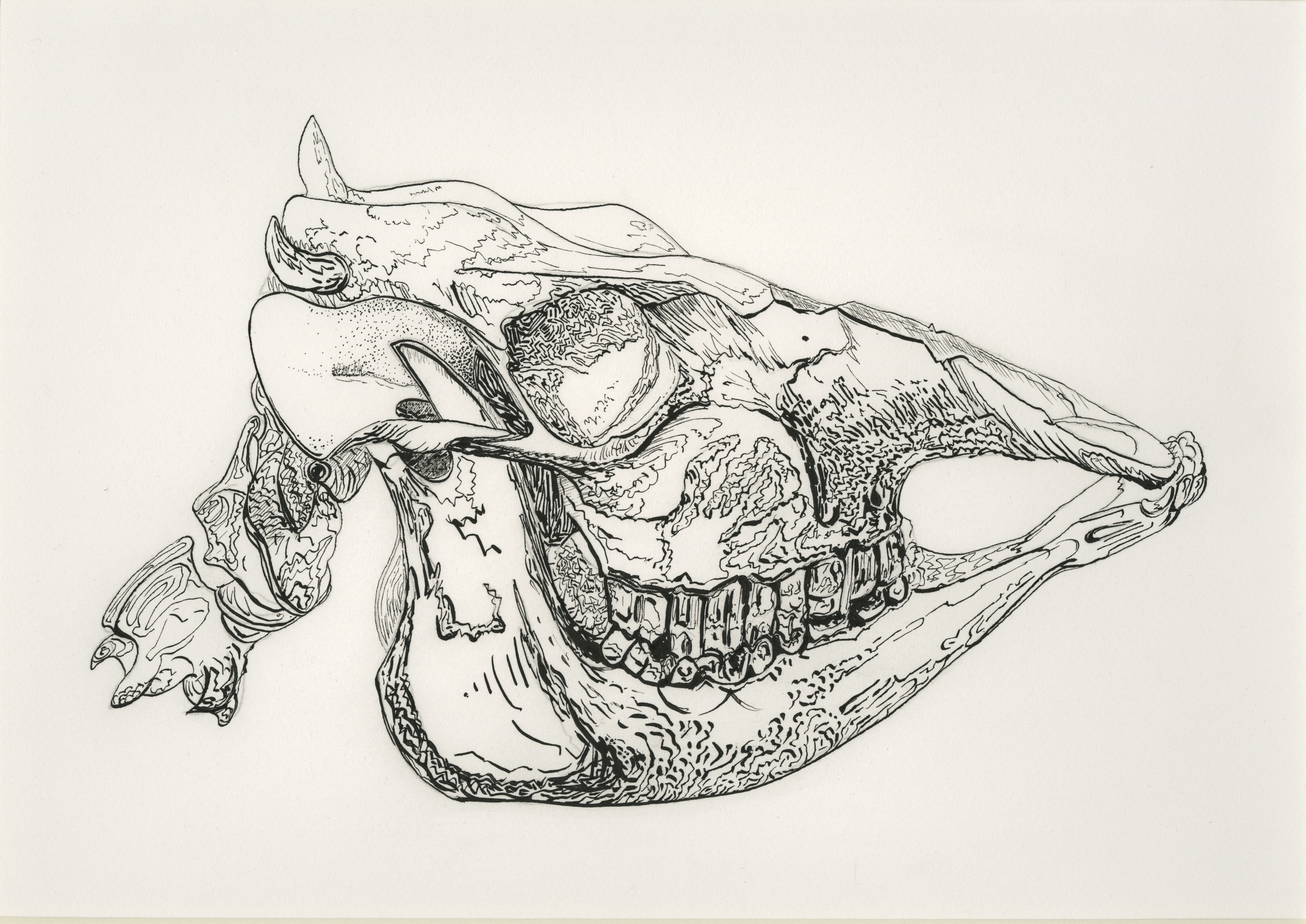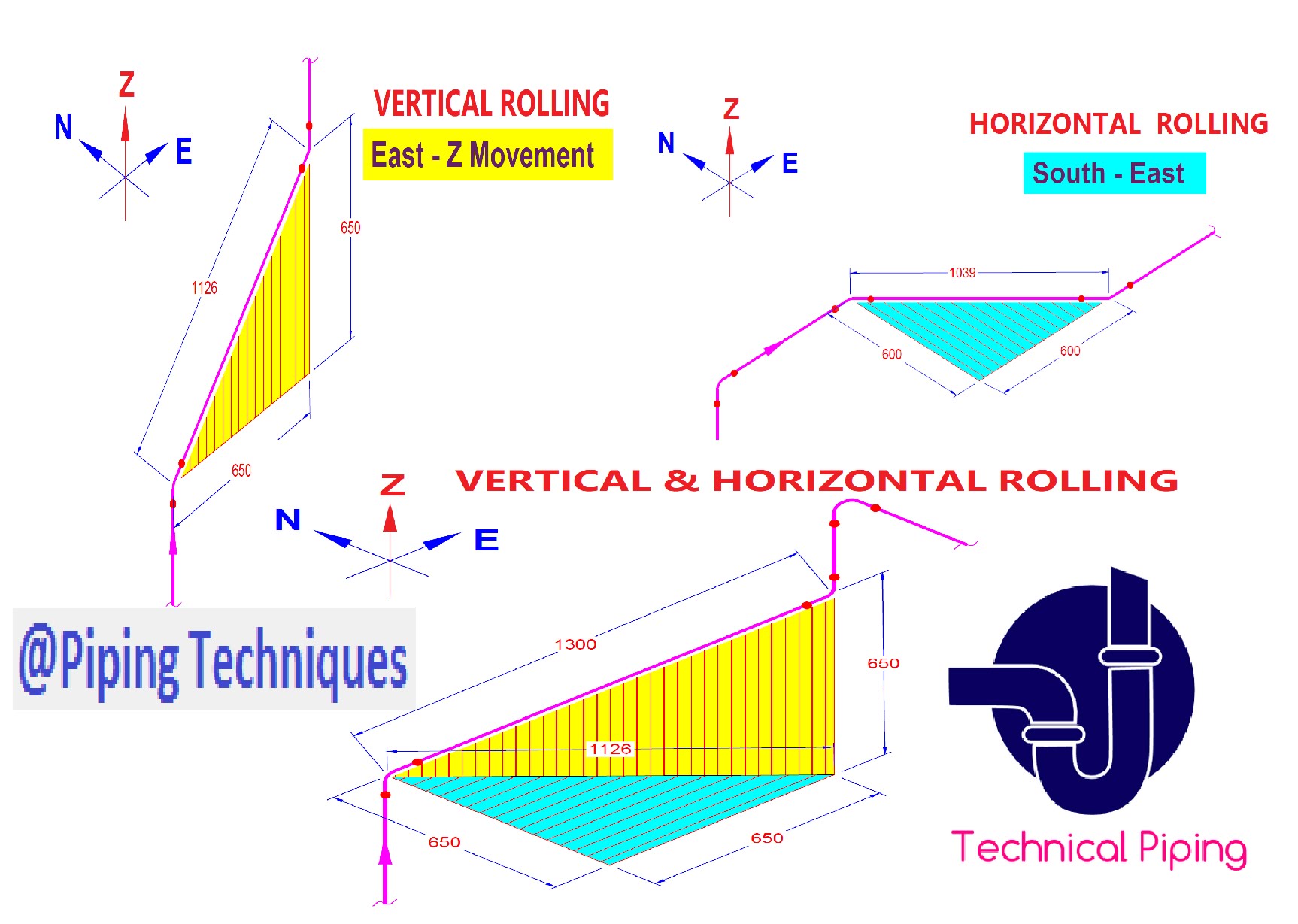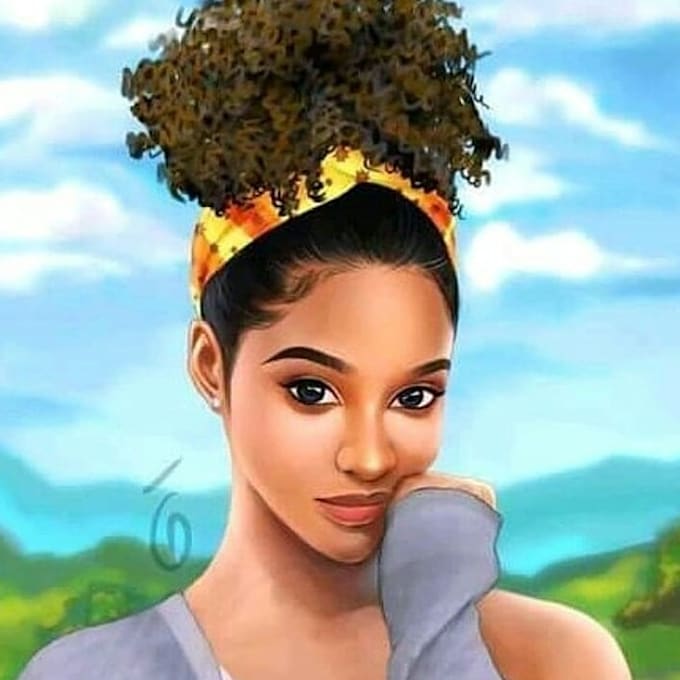Concept design
Table of Contents
Table of Contents
Are you an aspiring concept artist looking to draw stunning environmental concept art? Look no further! In this post, we will dive into the world of environmental concept art and explore tips and tricks to improve your skills.
The Pain Points of Drawing Environmental Concept Art
Drawing environmental concept art can be challenging. You may struggle with understanding how to create depth and placement in your piece, how to choose the right colors, or how to add realistic textures to your art. These struggles can often lead to frustration and a lack of motivation to continue your work.
How to Draw Environmental Concept Art
The first step in drawing environmental concept art is to gather inspiration. Take in the world around you and examine the environment closely. Take note of the colors, textures, and details that make each location unique.
Once you’ve gathered inspiration, it’s time to start sketching. Don’t worry about making mistakes - let your creativity flow and draw freely. Consider adding depth to your piece by using atmospheric perspective or adding elements such as rocks or trees in the foreground.
Next, it’s time to add color to your piece. Consider using a limited color palette to create a specific mood or atmosphere. Use texture brushes to create a sense of realism and movement. Don’t be afraid to experiment with different blending modes to achieve the desired effect.
Finally, it’s crucial to practice and to seek out constructive feedback. Join an online community dedicated to environmental concept art, or take a course to improve your skills. Use any feedback you receive to refine your technique and become a better artist.
Main Points of How to Draw Environmental Concept Art
To summarize, it’s essential to gather inspiration before starting your piece, sketch freely, add depth and color using a limited palette and texture brushes, and seek constructive feedback to improve your skills.
Personal Experience with Drawing Environmental Concept Art
As a concept artist myself, I’ve found that one of the most crucial aspects of environmental concept art is to pay attention to the details. Adding small elements such as leaves, grass, or pebbles can create a realistic atmosphere, and it pays off in the end.
Additionally, I’ve found that utilizing texture brushes can add a lot of depth and complexity to my pieces. I like to use different brushes for trees, rocks, and water to create a visually pleasing and realistic environment.
 The Importance of Lighting in Environmental Concept Art
The Importance of Lighting in Environmental Concept Art
Lighting is an essential component of creating visually stunning environmental concept art. It’s essential to consider the direction and intensity of light sources and how they affect the environment you’re creating.
One useful tip is to use different colored lighting to create a specific atmosphere. For example, blue lighting can create a sense of coldness or nighttime, while warm, yellow lighting can create a sense of warmth or daytime.
Additionally, utilizing shadows in your piece can add depth and complexity. Consider how objects in your environment cast shadows and how those shadows can interact with other elements in your piece.
 ### Exploring Texture in Environmental Concept Art
### Exploring Texture in Environmental Concept Art
Texture is an essential component of environmental concept art. It’s essential to consider the different textures present in your environment and how to recreate them in your piece.
Utilizing texture brushes can make creating these textures much more manageable. Consider using different brushes for different elements in your environment, such as leaves or rocks, to create a visually appealing and realistic piece. Another useful tip is to experiment with different blending modes to achieve the desired effect.
 #### Capturing Movement in Environmental Concept Art
#### Capturing Movement in Environmental Concept Art
Adding movement to your environmental concept art can make it more striking and dynamic. Consider adding elements such as flowing water or rustling leaves to create a sense of motion.
Additionally, consider adding depth and perspective to your piece by using atmospheric perspective. This technique involves making objects in the background less detailed and less vibrant in color to create a sense of depth and space in your piece.
 Question and Answer
Question and Answer
Q: How can I improve my environmental concept art?
A: Practice, practice, practice! Additionally, seek out constructive feedback from fellow artists and take courses to hone your skills.
Q: What are some tips for creating depth in environmental concept art?
A: Consider adding elements in the foreground, using atmospheric perspective, and utilizing texture brushes to create a sense of depth and complexity.
Q: How can I incorporate lighting into my environmental concept art?
A: Consider the different lighting sources and their direction and intensity, and utilize different colored lighting to create a specific atmosphere.
Q: What is the best way to capture movement in environmental concept art?
A: Consider adding flowing elements, such as water or leaves, to your piece, and utilize atmospheric perspective to create depth and space.
Conclusion of How to Draw Environmental Concept Art
Drawing environmental concept art can be challenging, but with practice and these tips and tricks, anyone can improve their skills. Remember to gather inspiration, sketch freely, and seek out constructive feedback to become the best artist you can be. Good luck!
Gallery
28 Buildings Ideas In 2022 | Environment Design, Concept Art

Photo Credit by: bing.com / jparked environmental
T, Sina Abbasnia On ArtStation At Https://www.artstation.com/artwork

Photo Credit by: bing.com / environmental artstation sina
Concept Design | Concept Art, Environment Concept, Environmental Art

Photo Credit by: bing.com / building kks rough colossus
9 Environment Concepts By STUDIOBLINKTWICE On DeviantART | Environment

Photo Credit by: bing.com / environment studioblinktwice concepts deviantart fu panda kung dreamworks comic concept sketch
Natural Environment Concept 2 #conceptart #conceptdesign #drawing

Photo Credit by: bing.com /
 The Importance of Lighting in Environmental Concept Art
The Importance of Lighting in Environmental Concept Art Question and Answer
Question and Answer




